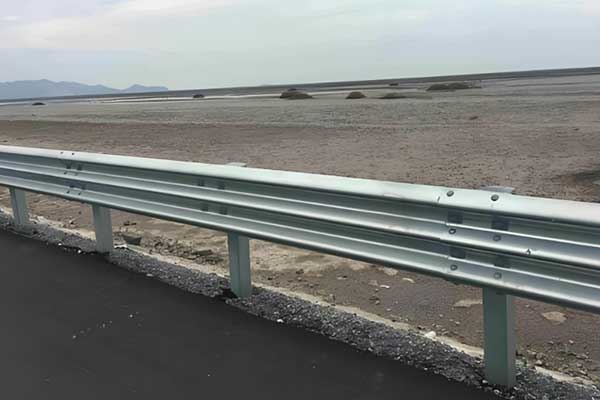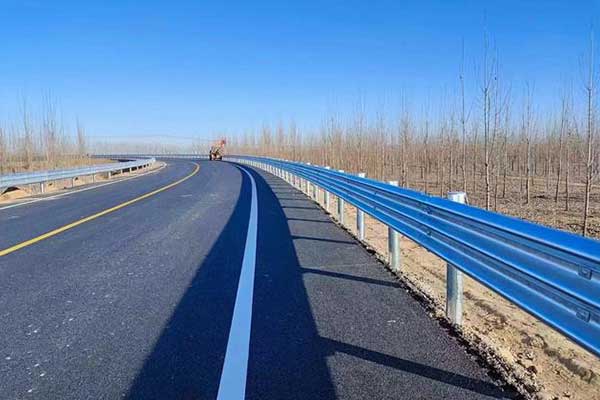Roadside Guardrails: Safety Barriers for Highway and Infrastructure
When it comes to road safety, roadside guardrails play a silent but critical role. These barriers line highways, bridges, and curves—not for decoration, but to protect vehicles, reduce accident severity, and save lives. Whether you’re a road construction contractor, a government official, or simply a curious driver, understanding how guardrails function is key to appreciating our modern infrastructure.

What is a Roadside Guardrail?
A roadside guardrail is a safety barrier installed along the edges of highways, roads, and bridges to prevent vehicles from veering off the roadway. These barriers play a vital role in reducing traffic-related injuries and fatalities by absorbing impact and redirecting vehicles safely back onto the road.
Key Functions of Roadside Guardrails
1. Vehicle Containment
Guardrails absorb and redirect the impact energy, preventing vehicles from crashing into roadside obstacles or rolling over embankments.
2. Minimize Injury Risk
By controlling the motion of vehicles during accidents, guardrails reduce the severity of crashes for both drivers and passengers.
3. Property and Pedestrian Protection
In urban and suburban areas, guardrails protect pedestrians, cyclists, and roadside structures.

Common Types of Roadside Guardrails
- W-Beam Guardrail: The most widely used type, known for its high strength and cost-efficiency. Ideal for highways and rural roads.
- Thrie-Beam Guardrail: Similar to W-beam but with an extra wave for added strength. Often used in high-speed zones or where heavy-duty protection is required.
- Cable Barrier Systems: Made from steel cables strung between posts. These are flexible and cost-effective, ideal for wide medians.
- Concrete Barriers (Jersey Barriers): Designed for maximum containment. Common in construction zones or high-traffic areas.
Materials Used in Roadside Guardrails
- Galvanized Steel: Durable, corrosion-resistant, and commonly used in W-beam and Thrie-beam guardrails.
- Stainless Steel: Offers high resistance to weather and rust, ideal for coastal or humid environments.
- Plastic and Composite Materials: Used in temporary or low-impact zones; lightweight and easy to install.
- Concrete: Strong and long-lasting, suitable for permanent installations in high-risk areas.
Benefits of Installing Roadside Guardrails
- Enhanced driver safety
- Reduced fatal accident rates
- Lower road maintenance and repair costs
- Improved traffic flow and confidence
- Compliance with national road safety standards

Applications of Roadside Guardrails
Guardrails are used across various settings:
- Highways and expressways
- Mountain roads and sharp turns
- Bridges and overpasses
- Parking lots and industrial areas
- Pedestrian walkways near busy roads
Final Thoughts
Roadside guardrails are more than just safety barriers—they are life-saving structures that contribute significantly to road safety. Whether you’re a contractor, urban planner, or public works official, investing in high-quality guardrail systems is a vital step toward building safer roads for everyone.
Need High Quality Roadside Guardrails?
We supply high-quality roadside guardrails designed for safety and durability. Our products meet international standards and are ideal for highways, bridges, and infrastructure projects. Contact us today for more details or a quick quote—we’re ready to support your road safety needs.

